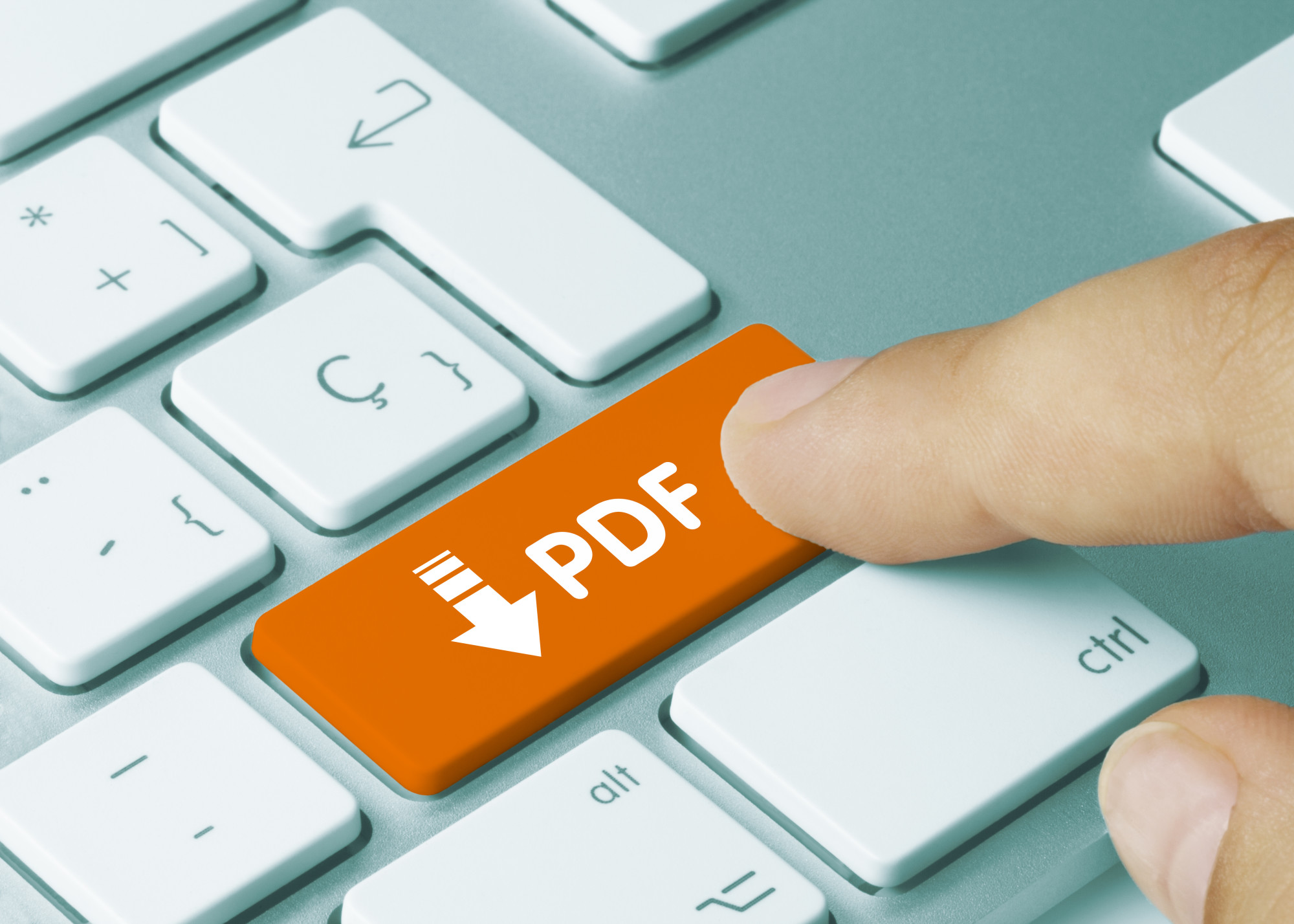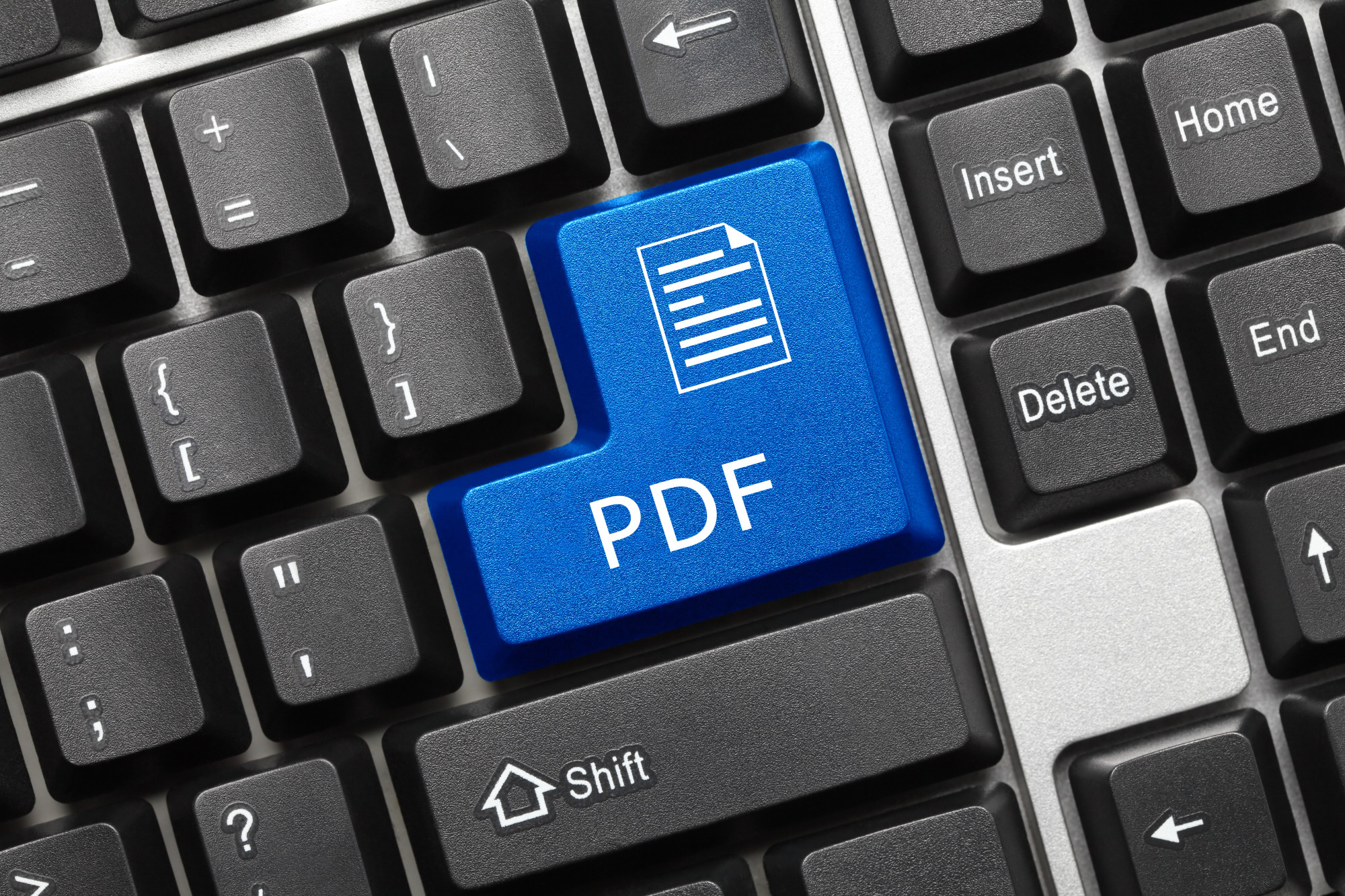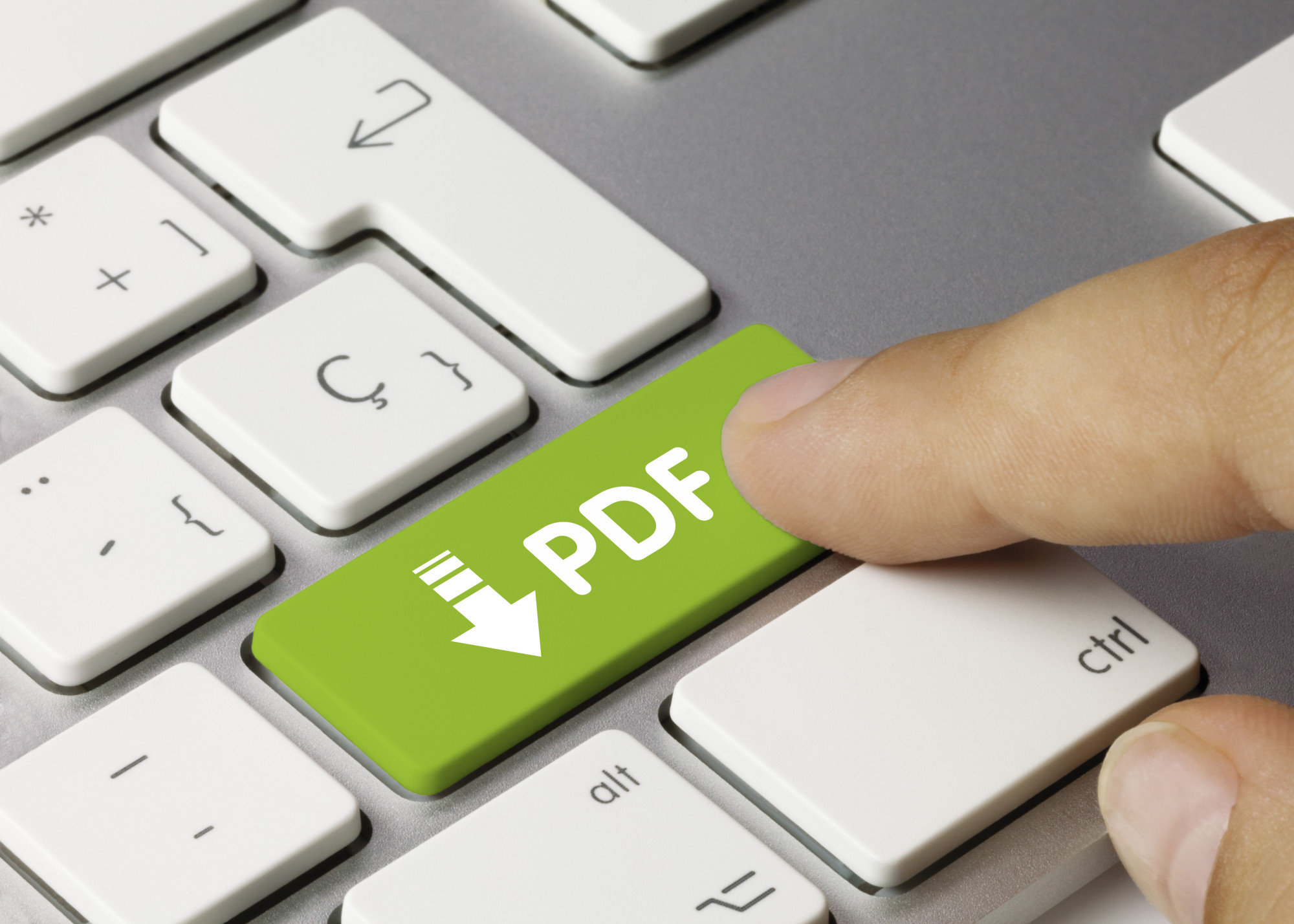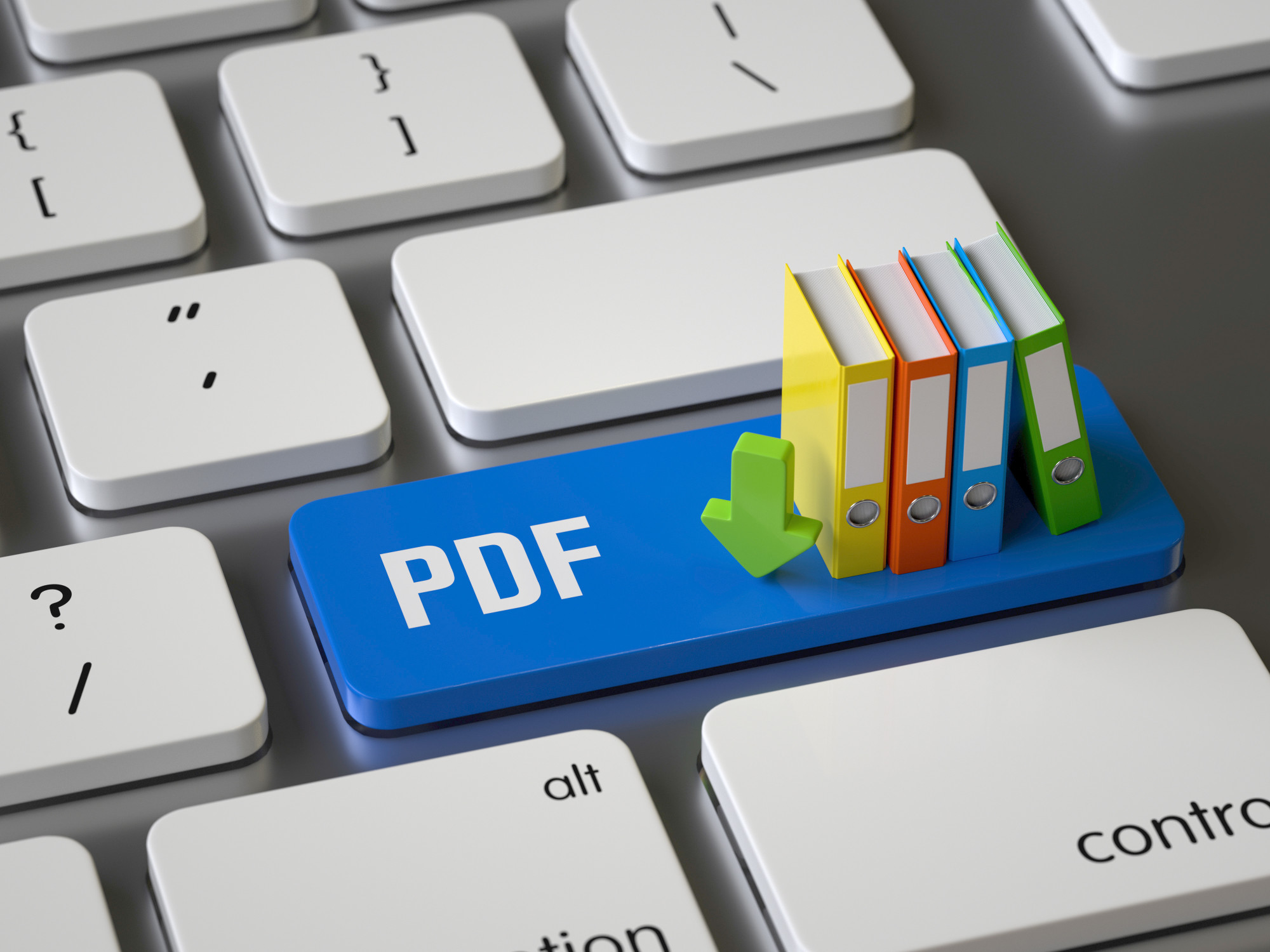Do you want to protect your files better? Do you want your files to be viewable on any operating system even though you work on an iPad? Is your company turning paperless to cut costs or save the environment?
You need to create PDF on iPad or have a means to convert Word files to PDF.
The iPad is the most popular tablet device, leaving a wide sales margin between Apple and other competing companies. In 2017, Apple sold a total of 43.8 million iPad units. In comparison, the combined sales of Samsung and Amazon only totaled up to 41.6 million.
More and more people are starting to use it for work. If you belong to a paperless office or classroom, many of your files need to be in a standard, maintained format.
Let us show you below how to create PDFs on the iPad.
1. View the Document or Photo
The advantage of a paperless office can widen space, cut costs and search time. The average employee takes 50% of his time searching for folders in the records office. The concept of a paperless office can cut that time down to mere seconds.
With your records converted to PDF, it will be easier to search for them. Furthermore, you can save your files in an iCloud Drive and share it with other colleagues. This will cut the time you spend taking the files to a photocopy machine then delivering them to your colleagues.
On your iPad, open the document you want to save as a PDF file. If you want to save an image, open the Photos app and view it. On saving web pages, you can also do this with your iOS device’s Safari app as well.
2. Tap the Share Button or the Reply Button
If you are viewing the document, photo, or web page, tap the share button. This will open the Activities sheet window on your phone. If you are viewing your file from Mail, tap the Reply button instead.
For saving web pages, you can finish the PDF creation process right away. After you tap the Share button, one of the actions in the Activities sheet is the Create PDF. Safari makes the process easy and quick how you create a PDF file from a website.
One advantage of the PDF file is that it makes storage easy with its small file size. Compared to other formats like TIFF, the PDF can compress high-quality files to smaller sizes. This is great for startup businesses that are yet to invest in bigger storage resources.
3. Open the Print Option
The Share sheet will pop up after you press Share. At the bottom row of the iOS Share sheet, there is a Print icon. Tap the icon of the printer and the Printer Options will appear.
There will be times when you cannot find the Print option. This means that it is not yet enabled. Go to the More option to open the Activities sheet again.
It should be in your Activities sheet if it isn’t in your Share sheet. You may not find the Print option in the Activities sheet or the Share sheet. If that is the case, that means that the app does not support the print feature.
It’s a rare case but if that happens, get an app from the iOS. Follow the paperless office or at least the paper-light office concept. It can help cut down the company’s costs on paper, ink, and energy.
In the US, there are more than 4 trillion paper documents. The number is growing fast at a rate of 22% a year. Or, companies are making about 880 billion more paper documents annually.
If the page you are viewing already has a print option, tap it. This will create a cleaner and savable PDF for you. Often, recipe sites and tutorial sites will have this option.
4. Create into PDF and Clean Up
There is a secret gesture for creating PDF files on your iOS device. After you open the Printer Options screen, look at your print preview. On the thumbnail, pinch it and use the zoom out gesture.
When you do this, it should turn your file or photo into a PDF.
Still, there may be pages you don’t want to include. You can remove them and focus on the pages that have the content you want in your PDF file.
There are two ways to do this. The first way is to tap the Page Range button. Set the range of pages you want to save as a PDF.
The other way is to tap the checkmark icon to choose which you want to exclude. You can see this on each page. If you want to reselect a page, all you need to do is tap the check again.
Are you saving a web page with some formatting you want to clean up? Use Safari’s Reader View before you start to save it. This will clean the page from everything except for the article body and the images.
5. Export, Share, And/Or Save as PDF
The last step is to upload your newly-converted PDF file to the iCloud Drive. This will allow you to save it on local memory. You can also choose to share your converted file via Message, Mail, or Notes.
Saving and exporting files from the iOS Mail app may seem impossible. In fact, there is a way to get around it. You can also do it in the apps that only let you print and/or email to export.
The many uses of PDF files include having a security feature. This security feature will not allow unauthorized parties to edit or access the PDF file. Share the security password to anybody you allow to view the file.
6. Create PDF on iPad with Other Methods
A quicker way to save your PDF files. Use iBooks to manage your PDFs. Instead of selecting the Print option, choose Save PDF to iBooks instead.
This option is faster but you won’t be able to exclude pages you don’t want on your PDF. Should your file still need some page-deleting, use the process we highlighted above. If you’re looking to save a lot of PDF files without having to delete some parts, this process will make it faster.
You can also create PDF files on your Mac instead and upload them to your iCloud Drive. Another method is to convert PDF files in our sites. Check out our many conversion tools for PDF, Excel files, and many more.
Start Creating PDF Files on Your iPad
That is how you create PDF on iPad. These files can be a photo, documents from Mail, or a website.
If you know how to create PDF files on your iPhone, you’ll notice that creating PDF files on your iPad is similar.
Got Keynote files on your Mac or iPad that you want to convert? Try out our keynote files to PDF files converter. We also offer free file conversion services for many file formats, even older ones.




